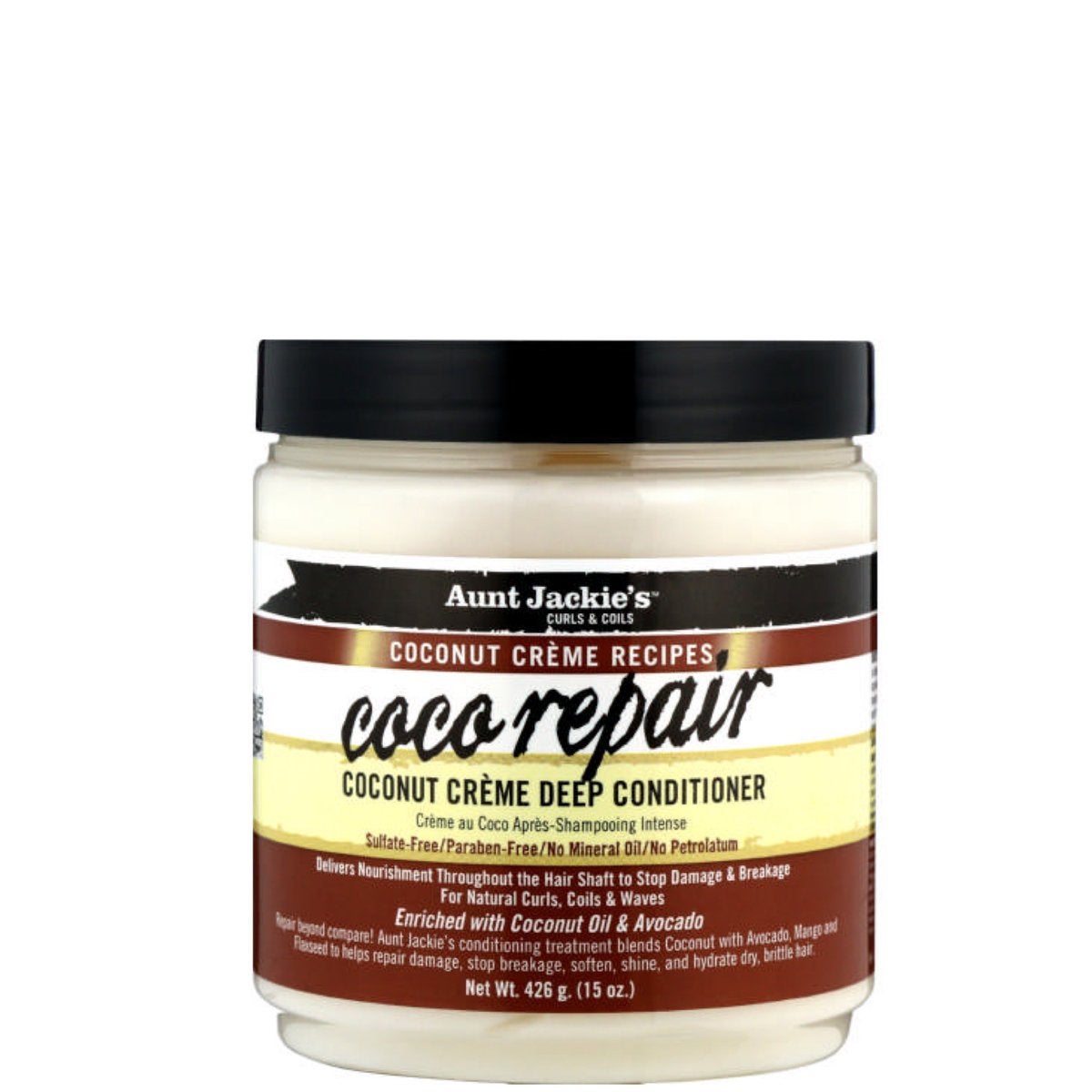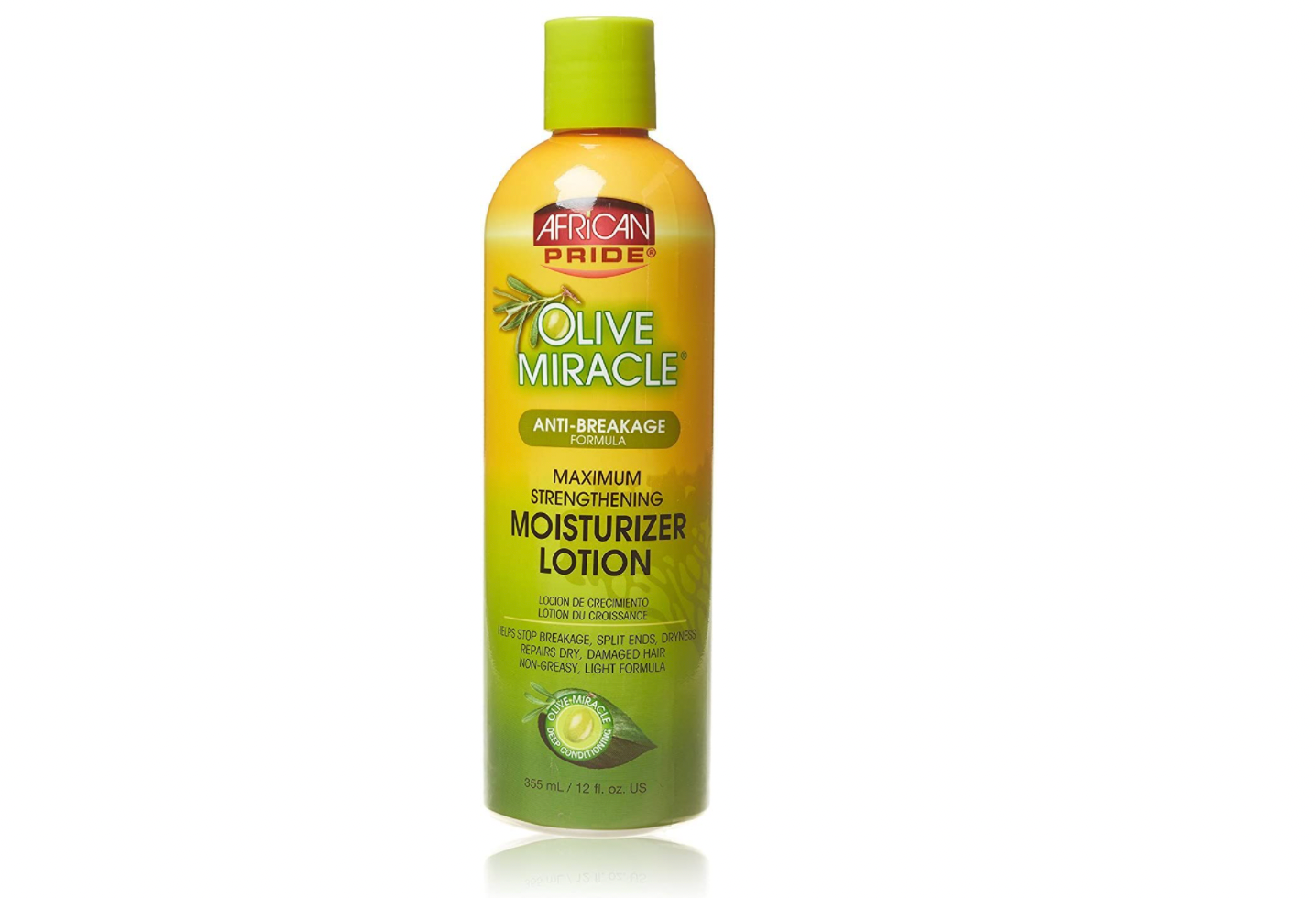Me & My Afro Hair: A Chaotic Love Story
I've always had a rocky relationship with my 4b/4c hair. Since childhood, I have been consistently at war with it thanks to opinions, perceptions, insecurities and my own self-loathing.
The first part of my journey was confusion and betrayal, directed towards my parents — my Black dad's strong genes and my white mum's not-so-thick, straight hair. I remember my mum saying, "I'm going to rename you after Macy Gray because, like hers, your hair goes straight up," accompanied by a gesture in case I didn't know which way "up" was. I felt for my mum because when you're a white girl growing up in the 1980s and playing with your Barbie's straight blonde hair, the last thing you think about is having to style hair that kinks, curls and defies the laws of gravity.
AdvertisementADVERTISEMENT
I could sense my mum's frustration when she would try to do my hair and remember her puzzled expression whenever the products she'd use on her own hair wouldn't work on mine. Our bathroom cabinets were filled to bursting with conditioners, moisturisers and styling gels, all promising a "cure" for "frizzy" and "unruly" hair. I recall looking at the rows of products and wondering what could be so wrong with my hair. Why didn't my hair turn out silky, wavy and straight the way my mum's did after a wash with Tresemmé?
My dad's side of the family was helpful but living over an hour's drive away meant I didn't have a personal stylist to hand. As a result, my mum had a lot to learn during our Sunday visits. She would ask anyone and everyone for advice on which products would work best for my hair and, eventually, she got to grips with weighing my hair down with oils and incorporating moisturisers from brands such as Twisted Sista, the iconic Luster's Pink, and our "fight the comb" technique during wash day. I'd even say my hair peaked when I left my mum in charge of it.
But when I started primary school, I wanted more. I wanted dead-straight lengths; I wanted a fringe; I wanted a ponytail that would sway left and right as I walked down the corridor as opposed to looking like a bread roll on top of my head. I wanted what my white friends had. The versatility seemed endless and at this point, I had only three styles available to me: up, out or plaits.
AdvertisementADVERTISEMENT
I have a vivid memory of trying to make it happen. I'm in front of my pink box TV, watching BBC Three. My Girl Talk magazine had come with a coloured hair extension, a curled piece of hair wire at the end to attach it. Where did I want this bright pink piece of hair? At the front for all to see, of course, in order to channel my inner Hannah Montana. What I ended up with was a botched fringe and a tear-soaked pillow.
Secondary school was even more chaotic. My insecurities were heightened and my hairstyles were outdated and boring. I was a big girl now and the bun just wasn't cutting it. I thought my hair had stopped growing so I started experimenting with protective styles. I had everything: cornrows, braids, twists, even pick and drop. I ironed my hair to death after buying a fancy pair of straighteners from a saleswoman at Wood Green shopping centre. I went crazy with it.
Some styles worked but the majority (mainly the pick and drop) ruined my hair. My edges were gone and the ends burned off. If you saw me with my hair out, I would've paid you whatever pennies I had to have you forget about it. I'd get my hair taken out and redone back-to-back to avoid people seeing my natural hair. Wearing it out was not an option.
I blamed my hair and completely separated myself from it. I had two mixed race friends with loose curls that dropped way past their shoulders, while mine were growing in the opposite direction. I was angry that my hair didn't do what I thought mixed race girls' hair "should" do: be bouncy and curly, long, full and beautiful. A friend once asked me if I would take a pill that would give me loose, curly type 3 hair or keep my hair the way it was. I said I'd take two. I wanted my hair to be what it never would, so hiding and abandoning it underneath protective styles was my only way forward.
AdvertisementADVERTISEMENT
“
A friend once asked me if I would take a pill that would give me loose, curly type 3 hair or keep my hair the way it was. I said I'd take two.
”
By the time prom and sixth form came around, I had ventured into wig wearing, sew-ins (no leave-out) and 13x6 frontals. I was someone new every week. I could finally have what I wanted and live out my obsession with having type 3 curly hair. My hair had grown but it wasn't at my desired length. I had been obsessed with length and believed that all would be fine if I had long hair. I would choose to have damaged, long hair over healthy short hair. I was never too fussed about haircare and would much rather put time into perfecting my wigs.
But there was a void that kept yearning for my attention. I didn't want to have to glue down my hairline every morning. I wanted to feel the wind in my hair, right to the scalp – not just to the wig cap. I longed for the confidence to wear my hair out, beyond the four walls of my bedroom.
“
I wanted to feel the wind in my hair, right to the scalp – not just to the wig cap.
”
With the help of YouTubers (shoutout to Isimeme Edeko), my friends and my hairdresser Nadia, I got to know the ins and outs of my hair: the type, the texture, the density. They coached me through which products worked best and, most importantly, which protective styles work. I loved knotless braids in the summer and cornrows under my wigs during the winter. I spent hours in Pak Cosmetics, reading ingredients to make sure the products I bought were sulphate- and paraben-free. I created a routine – wash day on Sunday and the LOC method every other day – and stuck to it. Deep conditioning, twist outs, I was doing it all. Aunt Jackie became my new best friend.
AdvertisementADVERTISEMENT
I took what was a big step for me and started to wear my hair out more. My friends were proud and my parents were relieved that they didn't have to fund any more AliExpress wigs. I showed my hair to my boyfriend in the most nonchalant way in an attempt to make a not-so-big deal out of it. Inside, though, I was squealing. What if he doesn't like me anymore? I thought. But it wasn't a deal-breaker and that boosted my confidence.
Don't get me wrong, I still love a wig or a sew-in, and that 16-inch curly wig is still sitting pretty in its box. The difference is I actually care about the hair underneath. I take more time on it, not to mention my scalp. If I'm getting a hairstyle, my main priorities have shifted from looking good to protecting my hair. You can have the best of both worlds but if my hair isn't protected, the style has got to go!
Of course, I still experience insecurities in relation to my hair, as I do with a lot of things about myself. The old thoughts of feeling like a "fake" mixed race girl because my hair isn't what shows up when you google "mixed race hair" still creep in. But looking back, it's obvious I've come a long way when it comes to acceptance and working with what I've got. I look after my hair rather than wish it was something it's not.
Would I say there's love there? Maybe. I'm still working on that. But hating my hair a whole lot less is liberating and a bond is finally forming. I now keep my hands out of my hair (no more twirling my curls when I'm bored), deep condition weekly with Aunt Jackie's Coco Repair Coconut Créme Deep Conditioner and keep my scalp and ends happy with Doo Gro Stimulating Hair Oil mixed with vitamin E oil. And I can't forget my favourite moisturiser of all time, African Pride Olive Miracle Moisturiser Lotion.
AdvertisementADVERTISEMENT
Although 16 inches looks cute on me, it's not all about length. Now, my goal is healthier hair, hydrated curls and a happy scalp.
Refinery29's selection is purely editorial and independently chosen – we only feature items we love! As part of our business model we do work with affiliates; if you directly purchase something from a link on this article, we may earn a small amount of commission. Transparency is important to us at Refinery29, if you have any questions please reach out to us.
AdvertisementADVERTISEMENT









